When it comes to the art of cooking, the right equipment is vital, and for professionals in the kitchen, having a quality wok is non-negotiable. Knowing what to look for in a quality wok can significantly impact your culinary experience and the final taste of your dishes. This article delves into the essential features to consider when choosing a wok that meets your professional kitchen standards.
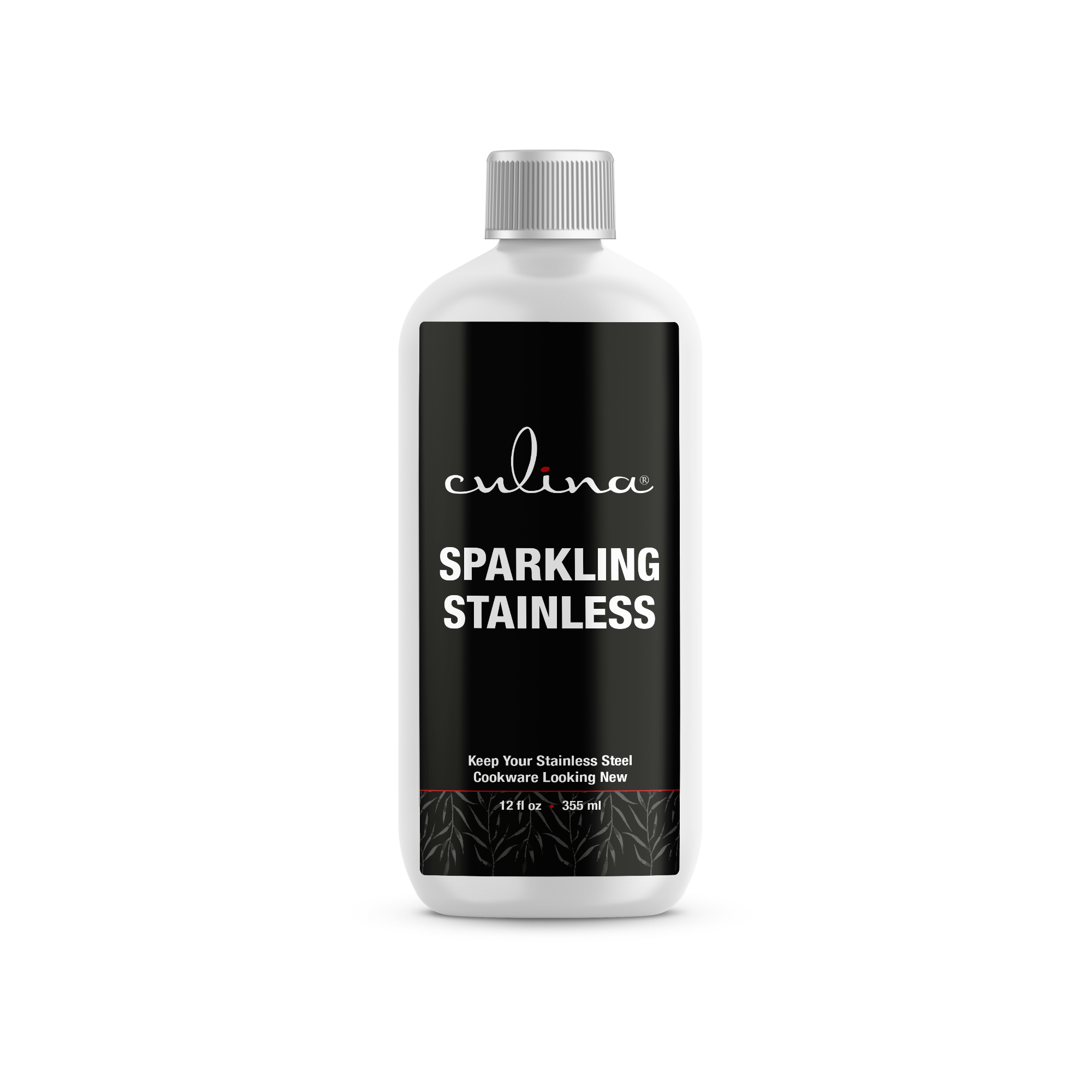
Understanding the Importance of Quality Woks
Quality woks are more than just cooking vessels; they serve as the backbone of numerous dishes, particularly in Asian cuisine. Whether you're stir-frying, steaming, or deep-frying, the **materials** and **construction** of your wok play pivotal roles in preparation efficiency and heat distribution. Thus, understanding what to look for in a quality wok becomes paramount for any chef.
Material Matters: Choosing the Right Type
The most common materials used for woks include carbon steel, cast iron, and stainless steel. Each has its pros and cons. Carbon steel is favored for its ability to conduct heat rapidly and its lightweight nature, allowing for easy maneuverability. Cast iron, while heavier, retains heat remarkably well and is perfect for high-heat cooking. Lastly, stainless steel offers durability and resistance to rust, though it may not distribute heat as evenly.
For those questioning how to cook with a wok, knowing the material helps you understand the unique benefits each type provides.
Size and Shape: Finding the Perfect Fit
Woks come in a range of sizes, typically from 12 inches to 16 inches in diameter. The size you choose should depend on the volume of food you typically prepare. A larger wok is beneficial for big batch cooking, while a smaller wok may suit quick meals for fewer people. The shape can also affect cooking; round-bottomed woks are traditional for stove top cooking, while flat-bottomed woks work best on electric stoves.
Its also worthwhile to consider the thickness of the wok, as this affects heat retention and cooking performance.
Handle Design: Comfort and Safety in Mind
A woks handle is crucial for safe handling, especially when tossing food. Look for handles that offer a comfortable grip and are designed to stay cool even during high-heat cooking. Some woks feature dual handles for added control, while others have long handles to facilitate easy tossing of ingredients.
Considering seasoning an aluminum wok is also vital as it can enhance the cooking experience and efficiency.
Compatibility with Heat Sources
Not all woks work on every type of heat source. Traditional woks are designed for gas stoves due to their high heat output, while others are specifically made for electric or induction cooktops. Be sure to check the compatibility of the wok you intend to buy with your kitchen setup.
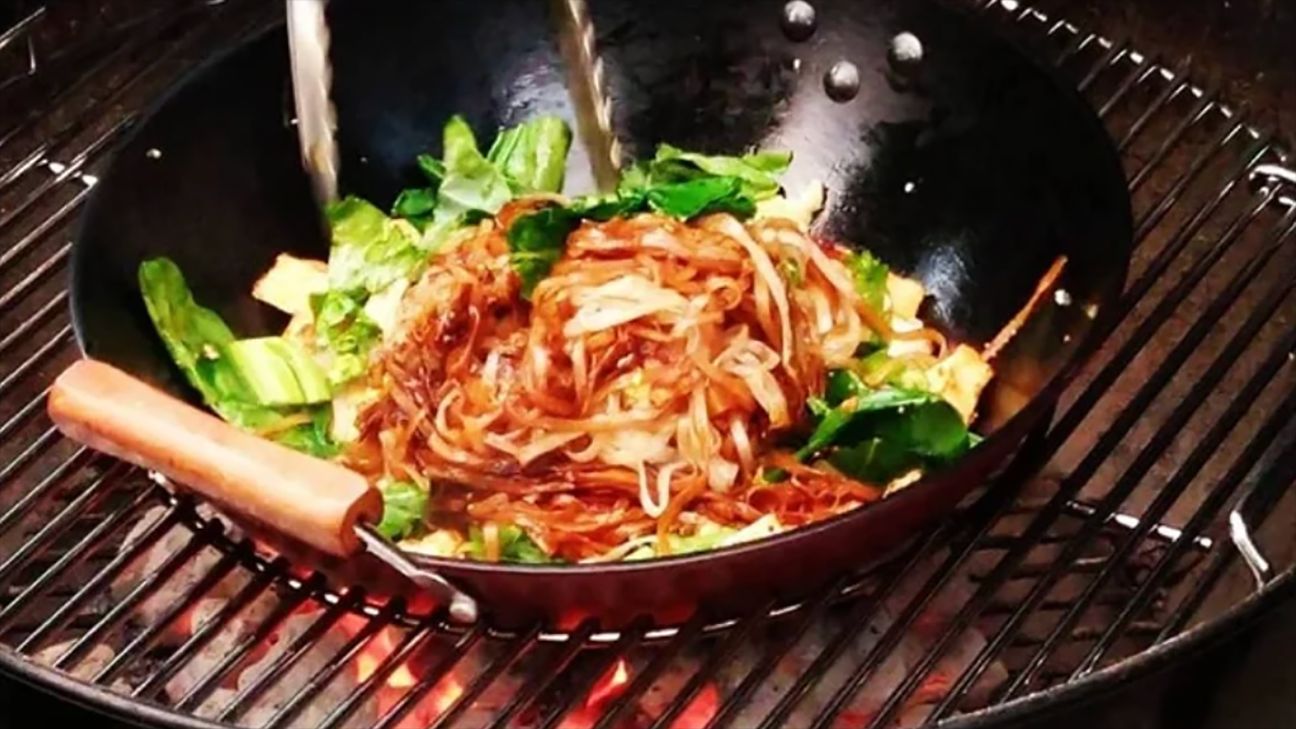
Maintenance and Care: Ensuring Longevity
Understanding what to look for in a quality wok also involves how to maintain it. Woks require unique care depending on the material. Carbon steel and cast iron woks need to be seasoned to create a non-stick surface and prevent rust. Regularly cleaning your wok after use and avoiding soap will prolong its lifespan.
If you're curious about cleaning a wok, keeping it well-maintained is straightforward once you know the right techniques.
Price Range: Balancing Quality and Budget
Quality woks can range significantly in price. Its essential to find a balance between your budget and the quality you need in a kitchen. More economical options can perform decently, but investing in a high-quality wok often pays off in durability and cooking satisfaction. Look out for sales or specialty kitchen stores to find quality pieces at reasonable prices.
Brand Reputation and Reviews
Researching brands and reading product reviews can shed light on the performance and longevity of different woks. Established brands often have a reputation for quality, but always check for customer feedback. Consider highly rated woks that chefs recommend.
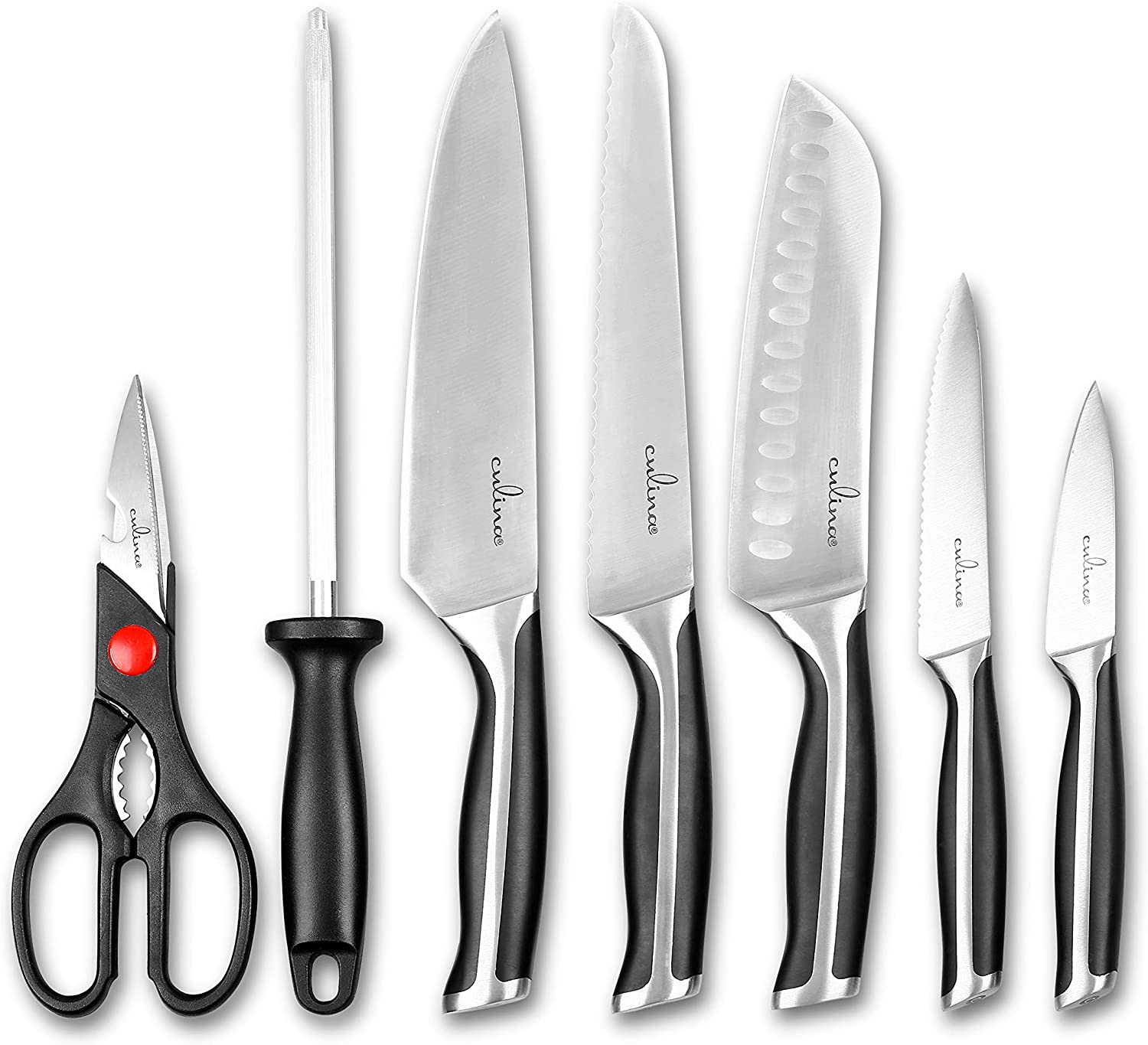
Conclusion
In summary, knowing what to look for in a quality wok is vital for any kitchen professional. Opt for material that suits both your cooking style and heat source, factor in size and handle comfort, and prioritize maintenance for longevity. Investing in a quality wok ensures that you can produce delicious meals proficiently.
For additional insights into wok cooking methods, be sure to check out this helpful guide.
FAQ Section
1. How do I season a new wok?
Seasoning a wok is crucial for creating a non-stick surface. Clean your wok with hot water and a sponge, dry it thoroughly, then apply a thin layer of high-smoke point oil and heat it until smoking.
2. Can I use metal utensils in my wok?
Yes, but be cautious if your wok is non-stick. For carbon steel or cast iron woks, metal utensils are acceptable and won't damage the surface.
3. How should I clean my wok after cooking?
The best method is to rinse it with hot water and gently scrub with a bamboo brush to avoid damaging the seasoning. Avoid soap as it can strip the protective layer.
As an Amazon Associate, I earn from qualifying purchases.

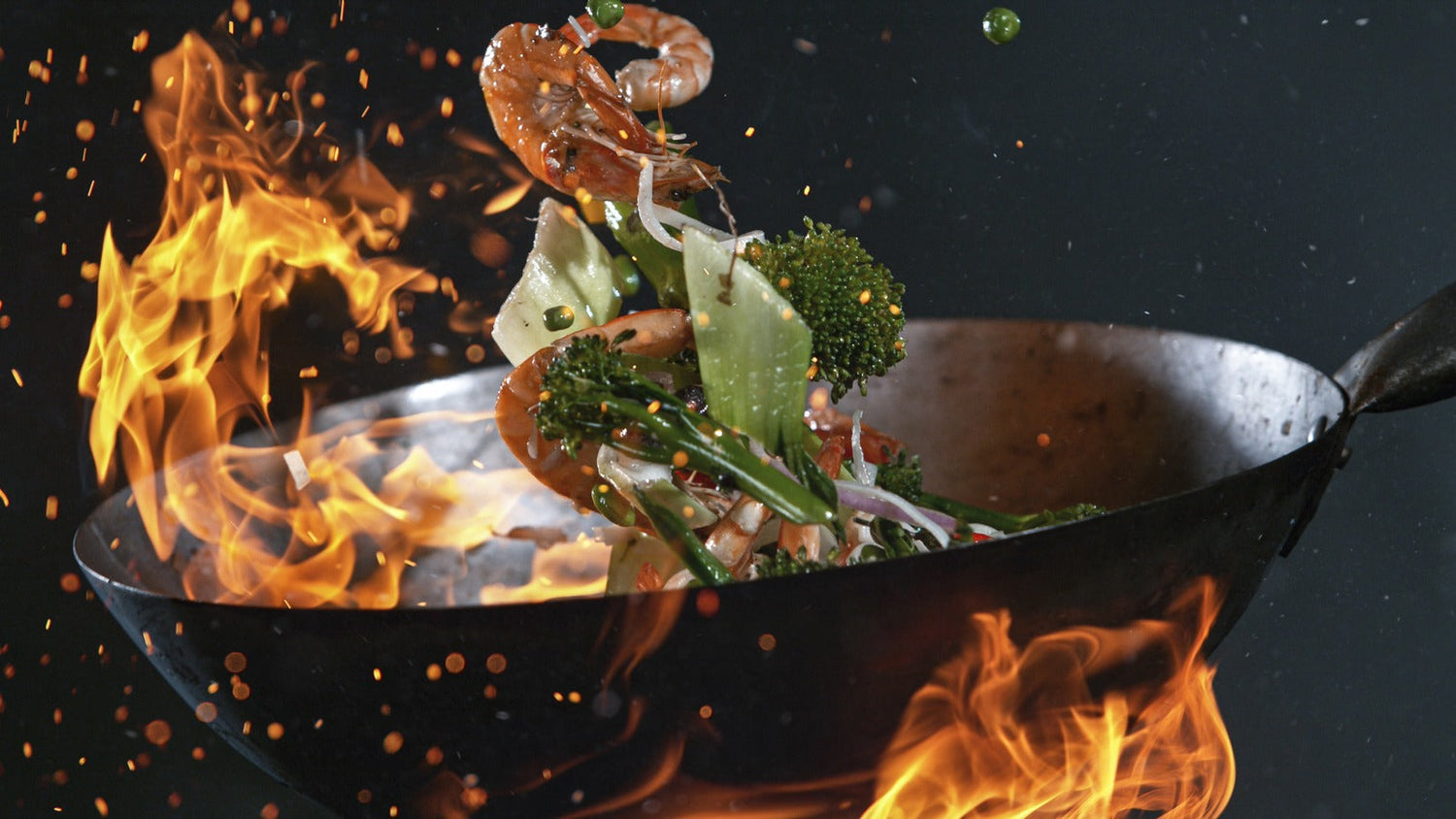


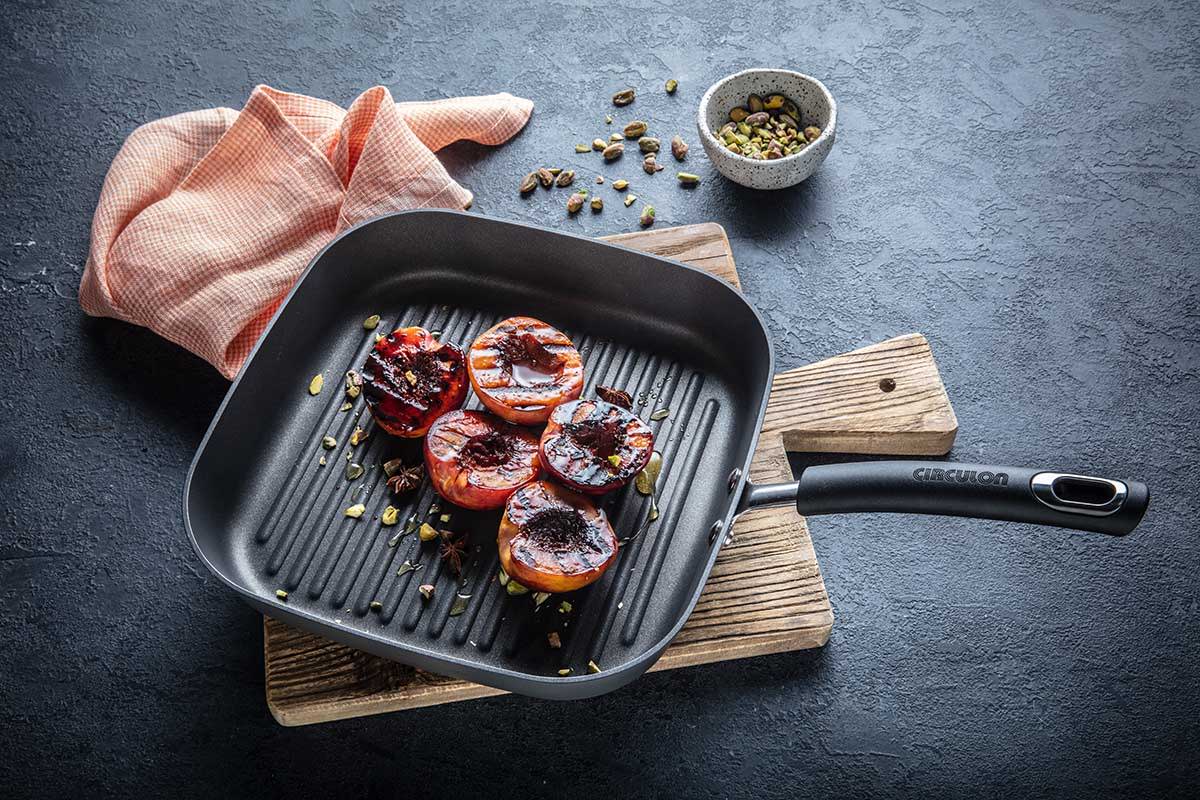
Leave a comment
This site is protected by hCaptcha and the hCaptcha Privacy Policy and Terms of Service apply.